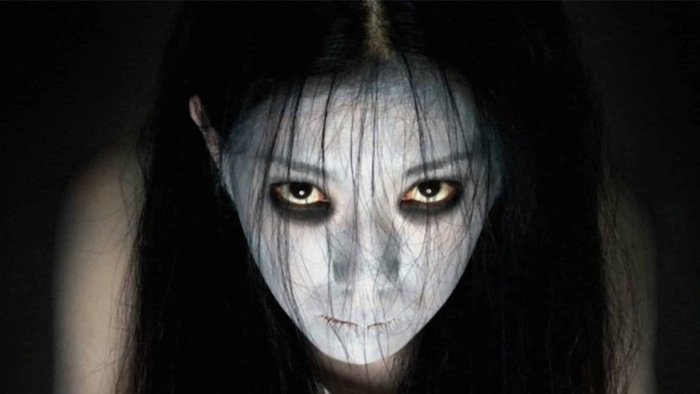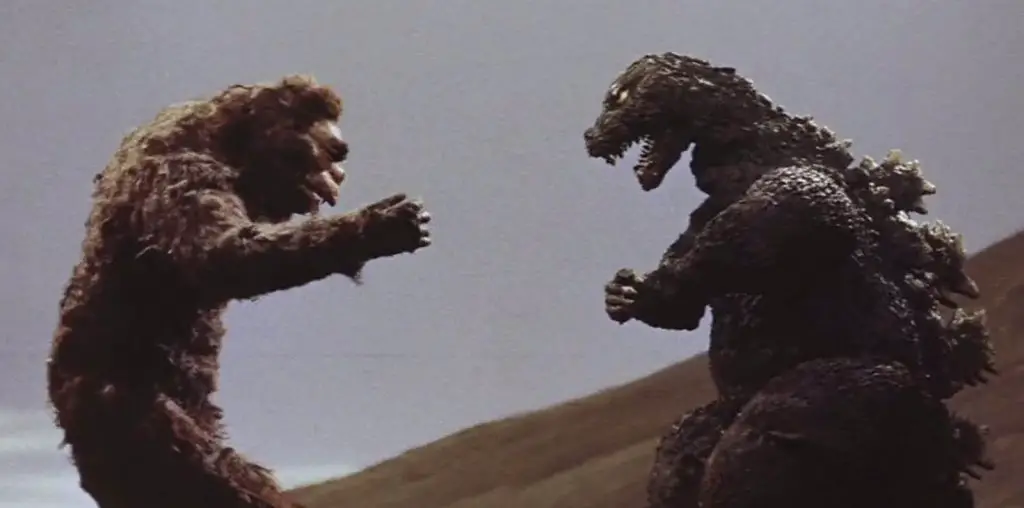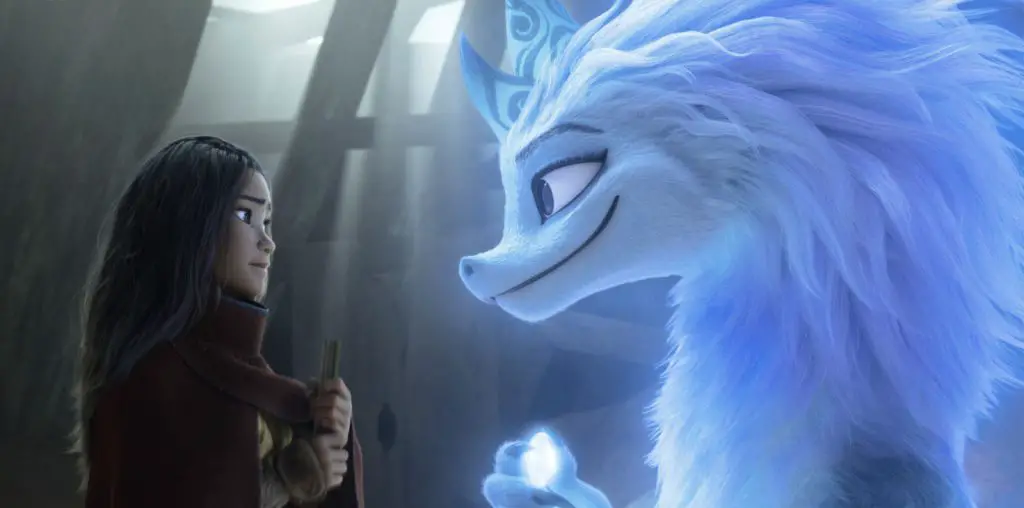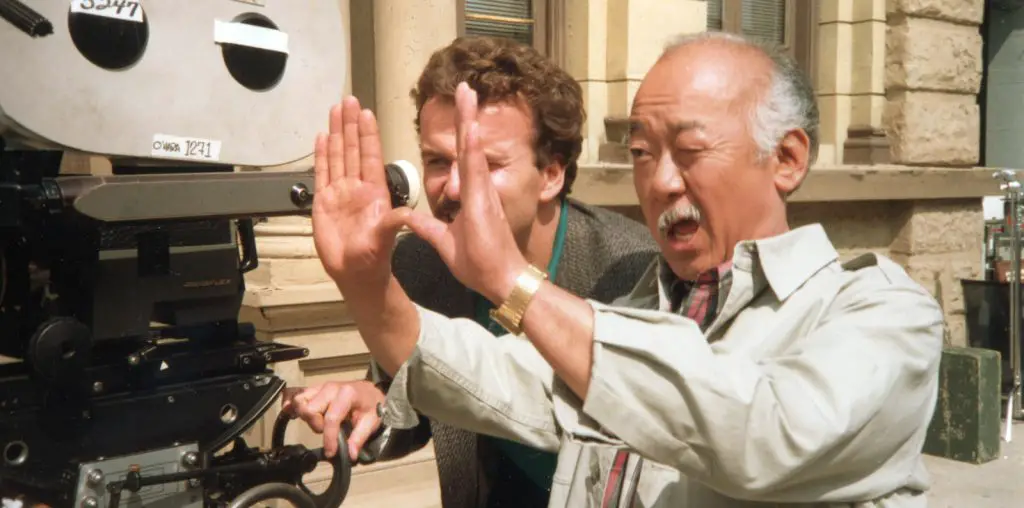
In such a global age, almost everything is connected. But it’s nothing new. While globalization may be a recent expression, this sharing of culture and being inspired by other countries has been happening for centuries. The film industry, for example, shows just how much inspiration can be borrowed from one culture to add to another. Japanese culture has a specific way of storytelling and creating narratives. So, how has Western cinema borrowed from Japanese culture for inspiration in film?
A huge influence on Star Wars, Kurosawa's #TheHiddenFortress is on #hulu as part of @Criterion. pic.twitter.com/ihoxBOaERz
— Hulu (@hulu) January 22, 2016
Hollywood Borrowing from Japan
Star Wars has been one of the most successful franchises of all time. As such, it makes sense that inspiration for the original story and how it was told could come from a multitude of different places – one of which is Japan. Many suggest that the story was borrowed from The Hidden Fortress (1958) by prolific director Akira Kurosawa.
The hero’s journey story was borrowed, as was the idea that the Jedi Knights would wear robes much like Japanese Buddhist monks. Darth Vader’s costume was based on a Japanese warlord. Indeed, Jedi itself comes from the Japanese word for period drama – jidaigeki or 時代劇.
The Magnificent Seven (1960) is adapted from Kurosawa too. It retells the 1954 film Seven Samurai. The film was retold as being in the American West instead of in feudal Japan. Using the film as inspiration in this way helps tell two different stories and builds on the western genre. This shows one of the benefits of borrowing ideas and stories from one culture and retelling them – we end up with two important films.
Americanization of Japanese Films
Sometimes the inspiration is more obvious. Take Godzilla, released in Japan in 1954. Two years later, America produced a remake that skewed towards American audiences. This predominately happens for films in the horror genre. For example, The Ring was remade in 2002 for American audiences after the 1998 release of Ringu – or リング – as was The Grudge in 2004 from the 2002 original. Indeed, the latter is so prolific still that it is getting a Netflix series.
The Grudge is getting a Japanese-language Netflix series that will explore the origins of the curse from the first film. https://t.co/4JHbt04gVv pic.twitter.com/Y0mTnGDT9F
— IGN (@IGN) May 13, 2020
Japanese horror is popular with audiences and viewed in higher regard than western horror was in the early 2000s. So, it makes sense that Hollywood would look for inspiration to make some truly terrifying films. The American versions make use of well-known celebrities. We can especially see this with Sarah Michelle Gellar’s role in The Grudge, which would have courted her Buffy, Scream 2, and I Know What You Did Last Summer fans.
The Benefits of Sharing Inspiration for Cinema

But the benefit of sharing culture and influence is that this helps facilitate sharing between people in Japan and people in the west of some of the best cinematic experiences with one another. For instance, as we can see from the online slot games at William Hill – or ウィリアムヒルでオンラインスロットゲーム to keep with the Japanese theme – there is a Goonies slot game. The game merges online slot gameplay with the iconography of the hit 1985 film. By sharing inspiration for cinema across countries, people can benefit from more experiences.
There are a finite number of stories out there and some suggest that Hollywood is now just retelling the same stories over and over again. Taking inspiration from other places and cultures enhances the arsenal of stories that filmmakers have to work with. It introduces new concepts to a fresh audience, and it helps people embrace culture in a way they might not have otherwise done. As much as it’s clear that Hollywood has borrowed from Japanese cinema, Japan in turn has borrowed things from America. The shared connections help strengthen cinema.


